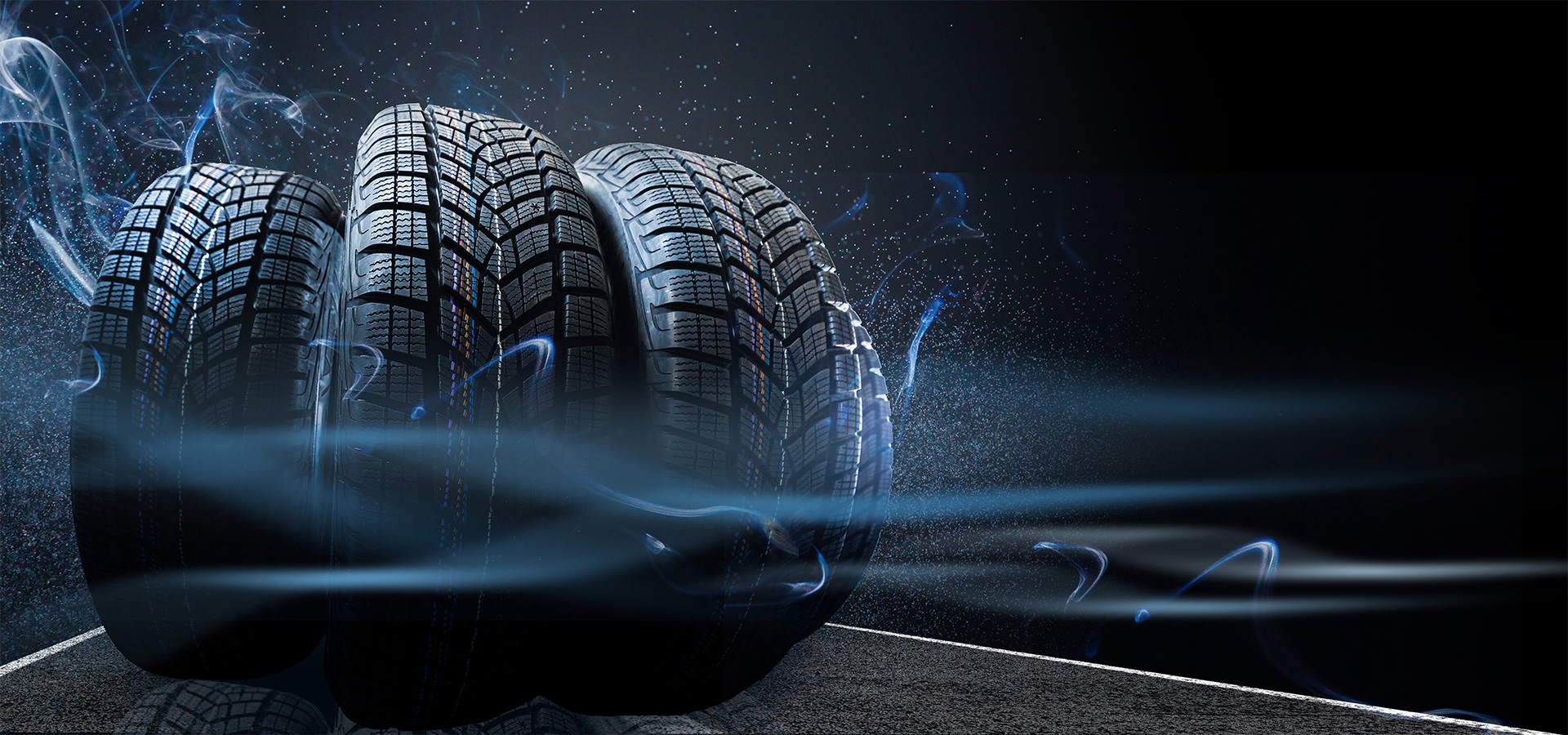
The Role of Sensors in Static Tire Testing: Ensuring Safety Before Hitting the Road
Without superpowers, there's no way to guess what's happening between the tire and the asphalt. Before the invention of video cameras, performance specialists and tire testers were essentially left guessing about that mysterious invisible place when the rubber met the road.
Of course, with the invention of cameras, things got a little better. Now, researchers could freezeframe to learn a bit more about tire pressure, placement, handling, and tread. Enter sensors, which upped the game a bit more and provided data about what was happening even in places no human eye or video camera could penetrate.
Today, automotive manufacturers, product designers, and test engineers have more tire testing tools than ever, both in the lab and out on the track. It's never been easier to ensure road safety, provided you're putting those tools to use when it comes to tire innovation.
Increasing Road Safety for All Our Sakes
The United States has a road safety problem, and there are no two ways to solve it. "Roadway fatalities and the fatality rate declined consistently for 30 years, but progress stalled over the last decade and went in the wrong direction in 2020 and 2021," explains the U.S. Department of Transportation. "In 2021, 43,230 people were killed in motor vehicle crashes, of which 7,388 were people walking. Millions more were injured – sometimes permanently – each year. This was the highest number of fatalities since 2005."
The case is not much better around the world. "Approximately 1.19 million people die each year as a result of road traffic crashes," the World Health Organization reports. "Road traffic injuries are the leading cause of death for children and young adults aged 5–29 years."
This is not a great state of affairs.
We can make many moves to ensure greater vehicle safety and try to reverse the worrisome trends of the past few years: data-driven automotive design, more effective passenger restraints, and safety features, more insightful impact testing, and so on.
Another prime step we can take before putting cars and trucks on the road is static tire testing.
Why Static Testing?
Static tire testing helps determine how well a tire will perform, all without leaving the lab. This is an important test that helps with prototyping and sussing out problems before you have to take a vehicle into the world, which introduces a number of additional factors for gathering quality and safety data.
Of course, this approach to quality control and car safety features has precursors. Static tire testing is not new. What is new is that today's systems are capable of delivering automotive testing data at a depth and granularity never before seen.
You are at a disadvantage if you don't yet have a system that can deliver such results.
It goes without saying that any system faces a number of challenges. Among these are inconsistent results, high upfront investments, equipment dedicated to only one test, and short obsolescence time. Many labs also have good tools, but these don't produce data at a granular enough level to be sure you're catching every potential error or missed opportunity.
That's where selecting the right pressure imaging systems can help. Using them not only ensures your engineers have the tools they need but also advances your corporate profile and helps attract more talented resources to your company. It also optimizes quality control processes and boosts product design effectiveness and durability.
There's not much not to like.
The Role of Sensors in Static Tire Testing
Before we discuss the role of sensors in static tire testing, it is important to look at just how those sensors work. Embedded in a mat, a system of thousands of pressure sensors records forces at extremely fleeting time intervals to create a dynamic model of how tires impact road surfaces in real time.
The test equipment enables engineers to gather all kinds of data related to load testing static forces and ground contact. This information informs our understanding of the tire's dimensions, balance, footprint, stiffness, resilience, and the chances that it will fracture or blow out.
With such data, engineers can make better decisions about how safe a tire is. If they determine that the safety levels are not adequate, the data helps to inform the ways in which engineers need to improve them. This helps to avoid damage to property and save lives because subpar products never make it onto the road.
Tire testing also helps to ensure that a specific product's design conforms to industry regulations. Given the potentially harsh consequences of failing to do so, this is a critical factor for designers and test engineers to consider.
XSENSOR's Tire Testing System to the Rescue
The X3 Tire Testing System from XSENSOR helps you achieve the best possible results with limited tests and frustration.
Now, you can understand tire pressures, perform tread contact analysis, and create robust tire profiles with high-resolution sensors that require no recalibration and are ready to go out of the box. Perform run after run to get the most detailed tire footprint images and data analysis on a wide range of product types.
Our systems aren't limited to hardware, however. We also provide software, so you never need to worry about getting systems to talk to one another. They are integrated and can transmit data from sensors to your computer. Assess pressure profiles, make calculations, and leverage measurements more easily.
